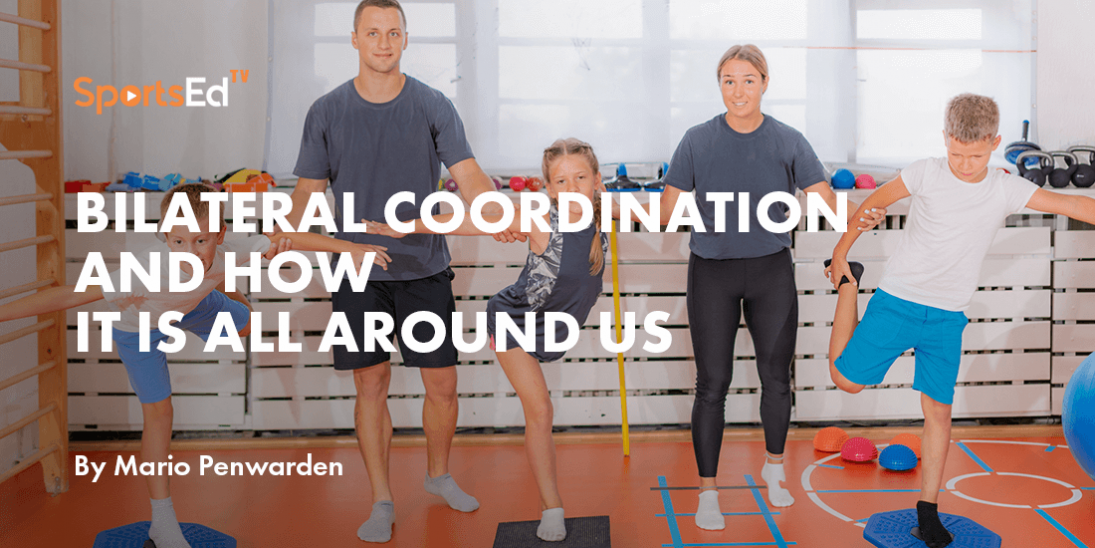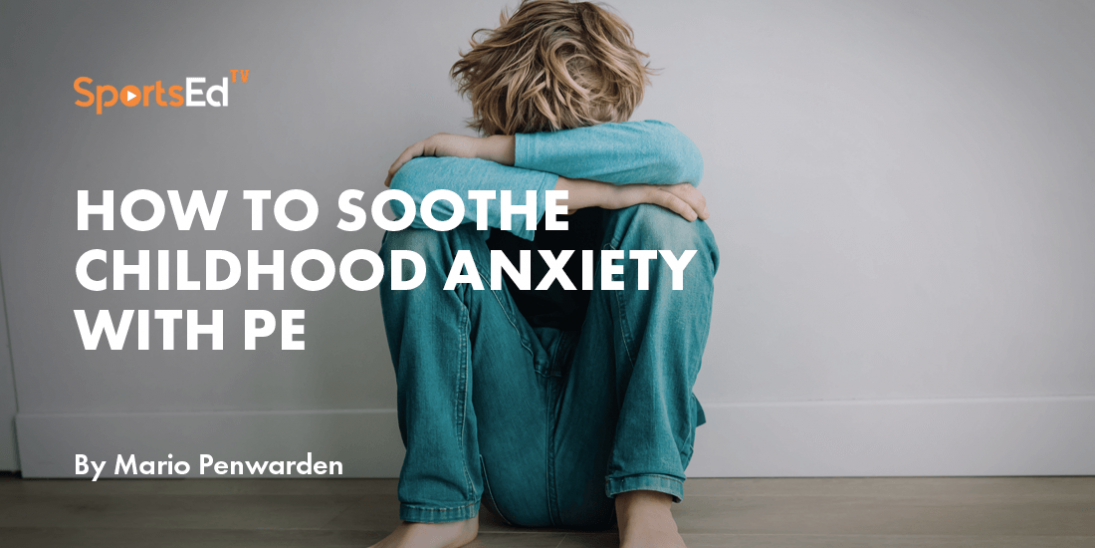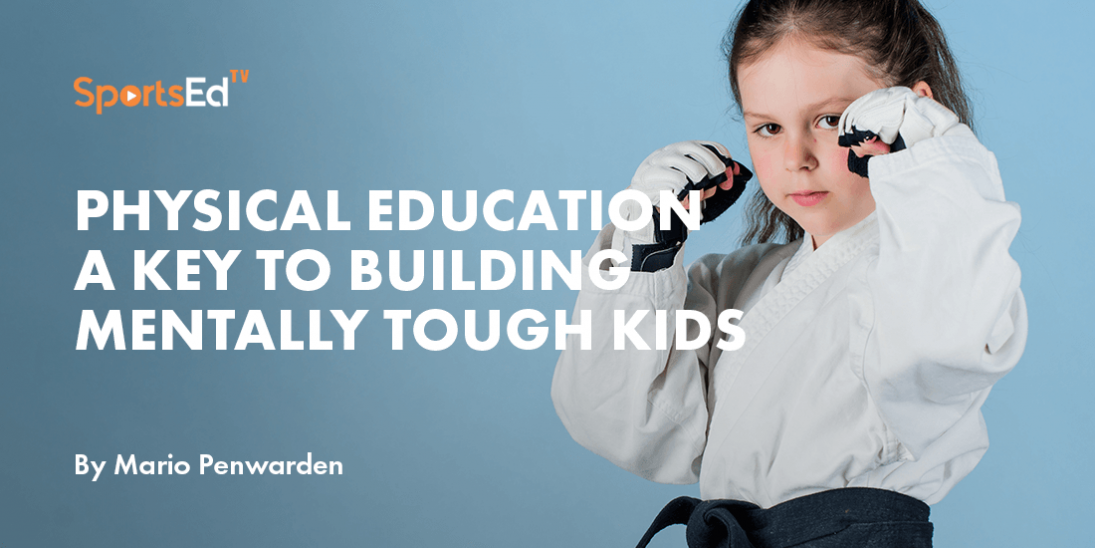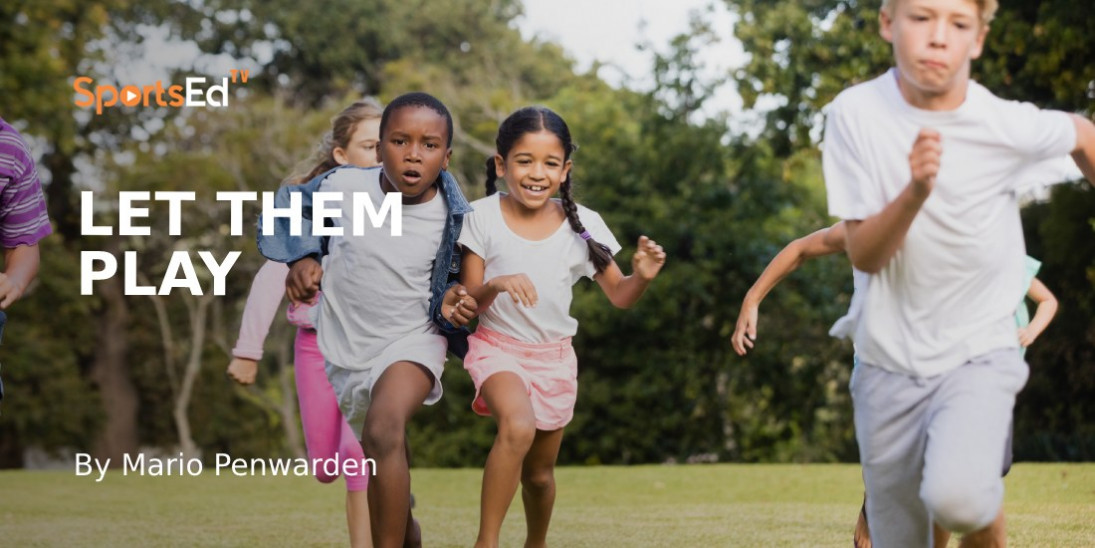Health, Physical Education
Welcome and thanks for visiting...

Why a Healthy Core Is a Launch Pad for Effective Movement and Academic Success
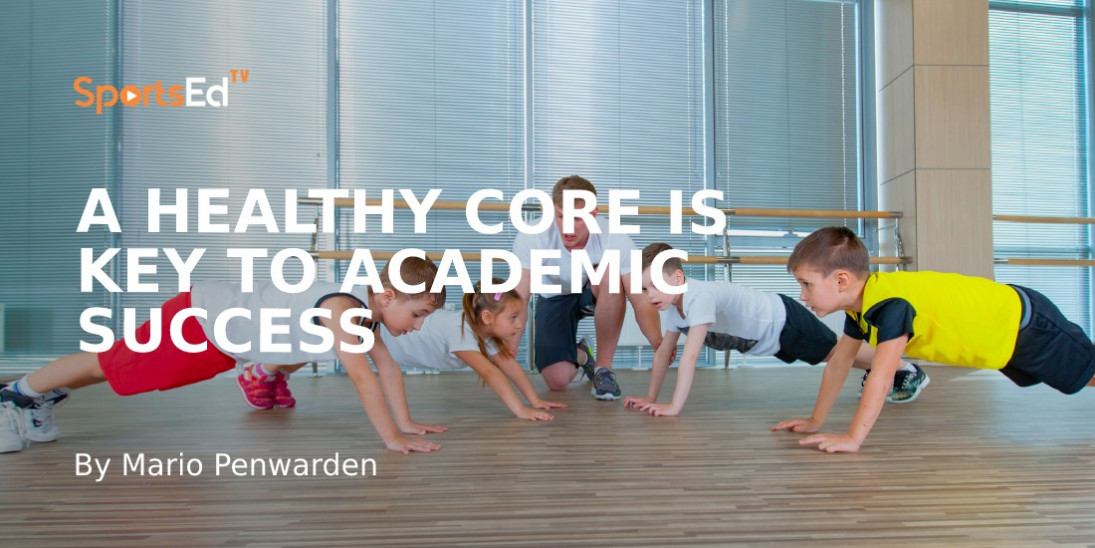
It is common knowledge that a strong structure requires a solid foundation to keep it from crumbling to pieces. Just like a strong structure, a child requires a strong and well-developed core to deal with the everyday challenges and requirements of life. The core is essentially the launching pad for everything they do every day.
What is core strength and core stability?
The body’s core commonly refers to the muscles located in the abdomen, back and pelvis which are primarily tasked with supporting the spine. It forms the postural foundation of the child and is responsible for maintaining a good and strong posture during activities such as walking, running, sitting, and jumping. Core muscles are also critical for balance and stability during movement. Core stability refers to the stability of the spine and not the stability of the muscles themselves, while core strength is the ability of the muscles around the spine to contract, stabilise and protect the spine.
Imagine trying to jump as high as possible while standing in sand versus standing on solid flooring. If you jump from the sand base you will lose footing and won’t be able to apply downward force effectively, which will have a negative impact on the result. Jumping from the solid flooring however will ensure good footing and allow you to apply maximum downward force to propel you upwards. The result will be a much higher and controlled jump.
Just as you need a stable base to jump, your body needs core strength to provide core stability in order to carry out everyday tasks effectively.
How does a strong core contribute to academic success?
In the effort to equip your child with the best possible skills to succeed at school, it is important to understand the various role-playing factors of the developing child and how they all fit together. Something which is often overlooked is the ability of the child to maintain a good and strong sitting posture for a prolonged period of time. Being able to sit properly is the foundation from which essential fundamental skills such as reading, and writing can be learned. If a child does not have a strong core it will affect the position of the head, shoulder, elbow, wrist and fingers which will negatively impact the learning process.
A strong core will help your child with:
- Visual perception as the head is the correct position. This will assist with reading, writing and work tempo as activities such as copying and reading off the black board will become easier.
- Correct sitting posture will lead to improved gross motor and fine motor skills such as handwriting, cutting, and pasting.
- Improved endurance and balance will allow the child to sit still at the desk for a longer period of time and thus preventing unnecessary movement and fidgeting.
- Improved concentration and alertness due to the brain focussing less on maintaining stability and controlling the body and more on the task at hand.
How to identify a child with poor core strength?
- Struggles with routine activities such as getting up and down off the ground.
- Fatigues easily. Often complains about being tired with low energy levels.
- Fidgets and moves around in their seat a lot.
- Struggles with concentration and attention.
- Slouches at their desk. Often uses the chair or other body parts to support and stabilise their body.
- Poor standing posture and struggles to stand still for prolonged periods.
- Holds their head up with their non-writing hand.
- Leans in on the table for support.
- Difficulty using playground equipment.
- Avoids sports and group play.
A fun way to determine if your child’s core strength is appropriate for their age is to have them perform a plank and maintain the position. A rough indication is as follows:
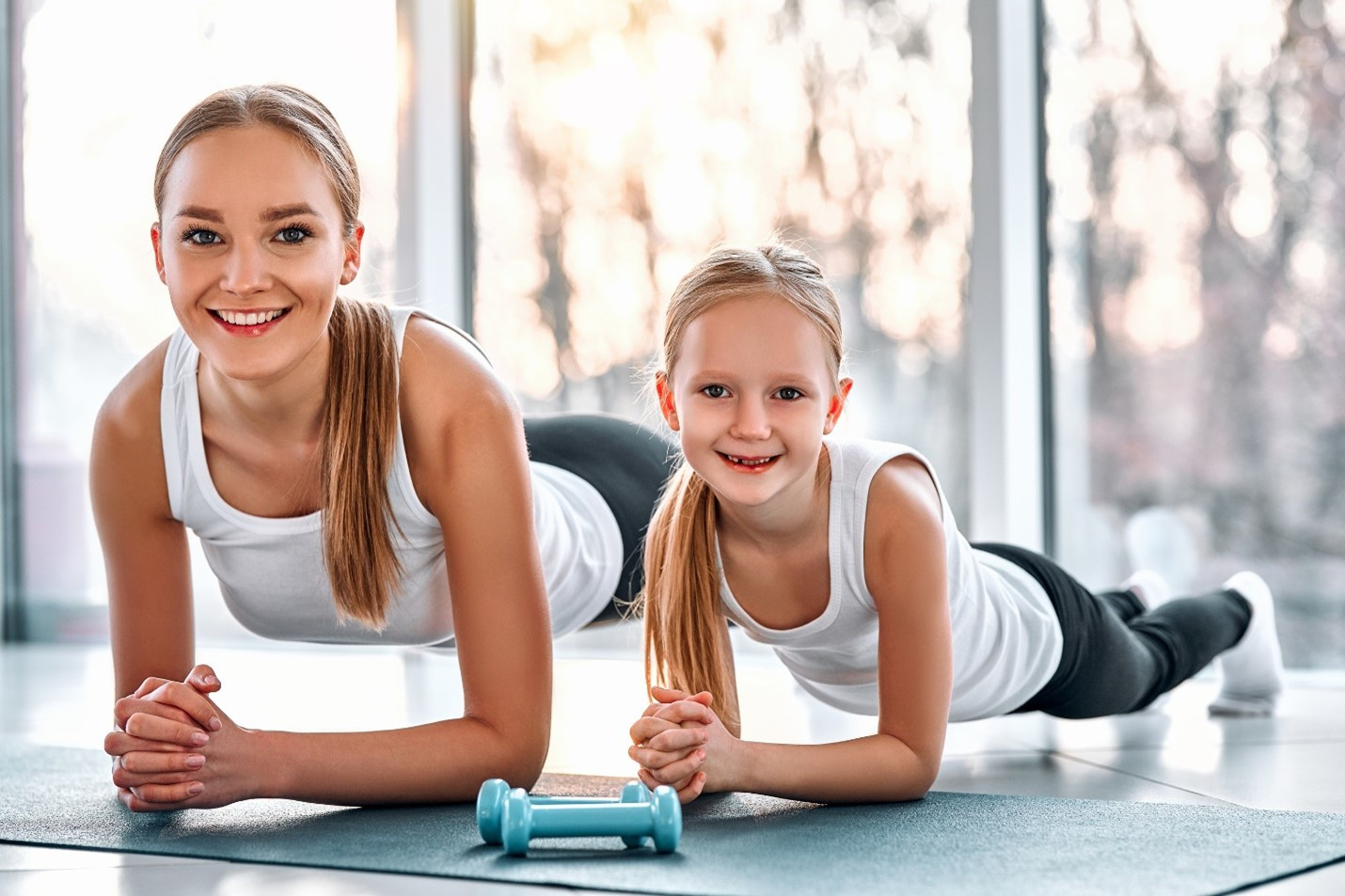
- 4 years old – 10 seconds
- 5 years old – 20 seconds
- 6 years old – 30 seconds
- 7 years old – 40 seconds
- 8 years old – 50 seconds
- 9 years old – one minute
- 10 years old – one minute, 10 seconds
- 11 years old – one minute, 20 seconds
How can you develop core strength?
Children can build core strength by doing various activities, structured and unstructured play. Movement and play are essential and spontaneous gross motor play is very important for the child’s overall strength and motor skills.
Some activities include:
- Various animal walks
- Heavy work activities
- Climbing on jungle gyms
- Hanging activities such as monkey bars
- Exercise ball activities
- Planking and superman circuits
- Running
- Jumping for distance and on the trampoline
- Horse riding
- Swimming
- Riding a bike
- Participation in extra mural activities and sport
Developmental delays and subsequent learning difficulties are more prevalent than ever. In an ever-changing world, dominated by technology and packed school curriculums, it has never been more important to ensure the best possible launching pad for our children, not only for academic success but also to live a long and healthy life. A strong core is a key factor to achieving this and launching your little one to infinity and beyond!

